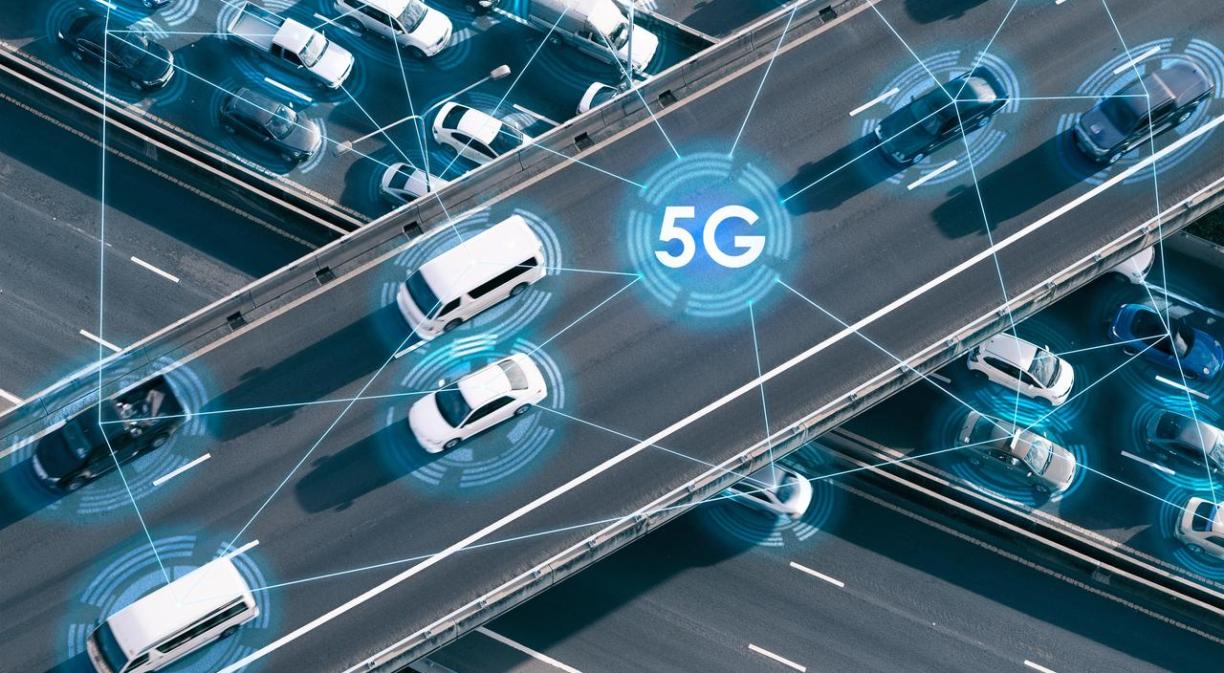For example, the autonomous car will require very low latency and moderate bandwidth, while streaming services will need high transmission capacity and data rates.
Network slicing will be the key architecture to ensure such flexibility in resource allocation.
What is network slicing?
It is a network architecture that allows multiple logical networks to be created and run from an existing common physical network in a customised, cost-effective, efficient and effective manner. In other words, splitting the network into small virtual networks for a specific use. It is therefore also known as a segmented network, a flexible network or an on-demand network.
By deploying such customised virtual networks on the same physical infrastructure, the use of available radio spectrum is optimised, and it is easier to meet the specific connectivity needs of services, devices and applications running in the cloud.
How does network slicing architecture work?
This network architecture is based on the principles of network functions virtualisation (NFV) and software-defined networking (SDN), two infrastructure models that allow traditional networks to be broken down into virtual (software-driven) elements, taking into account their individual components, particular states and the nature of the connections.
Hence the analogy of “slicing or cutting”.
In practice, each virtual network represents a portion of the larger network, is made up of a set of independent functions and has its own network architecture, provisioning and engineering mechanism.
In turn, the general network hosts other slices, to which it assigns individually the network topology and resources they require to run (connectivity, coverage, speed, bandwidth, etc.), keeping the traffic of each of them completely insulated so that they do not interfere with each other.
This facilitates the migration of new processes to the cloud and enhances the security of the network architecture because if a cyberattack breaches one of the slices, it is handled independently and does not affect the other network segments.
What is the relationship between 5G networks and network slicing?
By allowing 5G networks to split into subnetworks tailored to different needs, network slicing gives them the ability to adapt to the environment rather than the other way around.
This is not new, as the 4G network had already been served in slices, but in the context of 5G, the possibilities for flexible infrastructure use and resource allocation multiply, as the quality, speed, stability and coverage of its connectivity is much higher, designed for the Internet of Things (IoT) and not just for mobile phones.
This is essential for the hyper-connectivity landscape we are living in, with millions of objects and systems connected to the web, in business, home and public environments. All of them will perform better, while improving the energy and cost efficiency of the network, relative to previous generations of mobile networks.
The impact of 5G network slicing on businesses
By serving fifth-generation mobile networks in slices, product and service providers will be able to rapidly commercialise reliable solutions that easily adapt to demand dynamics. This translates into more and better services for end-users, regardless of their sector or industry.
This network architecture can make the digital transformation of enterprises easier and more cost-effective, bearing in mind that digital transformation never ends, but is a continuous, spiralling process of change, where new technologies and workflows need to be adapted to the changing realities in which enterprises operate. The bottom line of the business and a good customer experience depend on it.
Understanding what network slicing is, it is clear that it will be a key architecture in this ultimate deployment, making the delivery of resources more efficient and enabling everyone to enjoy the connectivity capabilities of the network to the extent of their needs.









